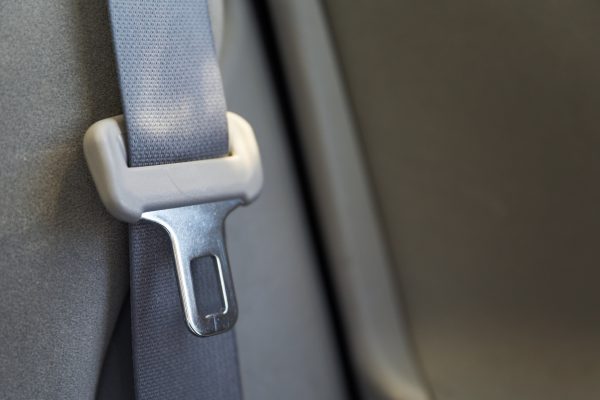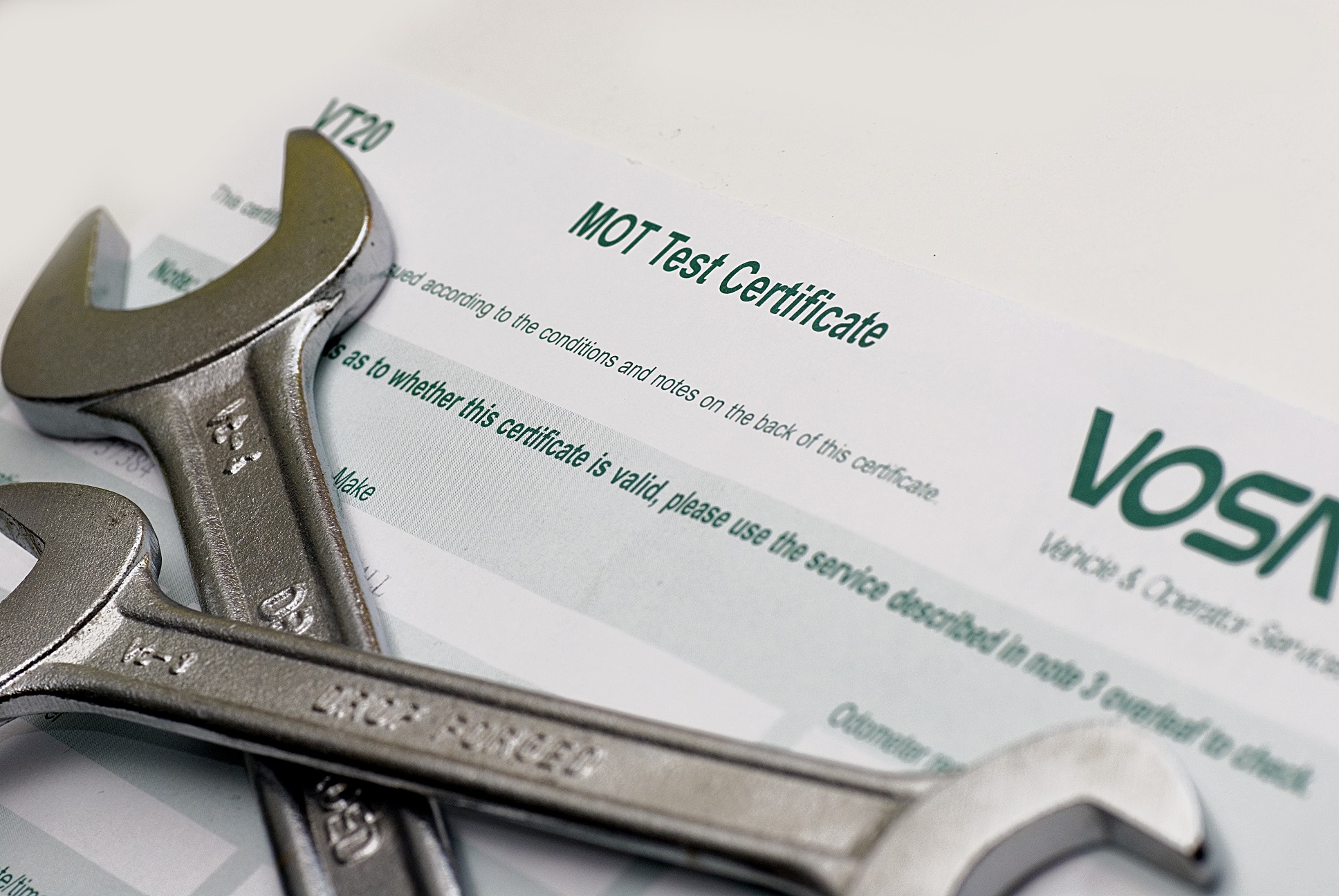Vehicles which have sustained damage and were written off by the insurers as Category C or D may be repaired and put back on the road.
However, in any subsequent sale it is key to disclose in all advertising material the fact that the vehicle was recorded as the insurance write-off. A prudent seller will make a note of the write-off mark on the purchase order or the sales invoice counter-signed by the customer.
A recent county court case appears to suggest it would also be advisable to explain to the prospective customers the exact meaning of the Category C/D mark. The court accepted the trader’s case that the customer was fully aware of the vehicle write-off history.
In consequence, the court accepted that the expectation of the quality and specifically durability of Category C/D vehicles should be lesser in view of the previously sustained damage. A fault not previously noted or manifested but which could be linked to the previous damage will not necessarily render the vehicle of unsatisfactory quality.

On average 55 vulnerabilities are identified daily.
What can I do?
Review your organisations priorities and ask ‘can we afford a breach?’. What do I do during an incident? Who do I involve? When do I involve the ICO?
If you’re unable to answers these questions, you need help from the experts.








